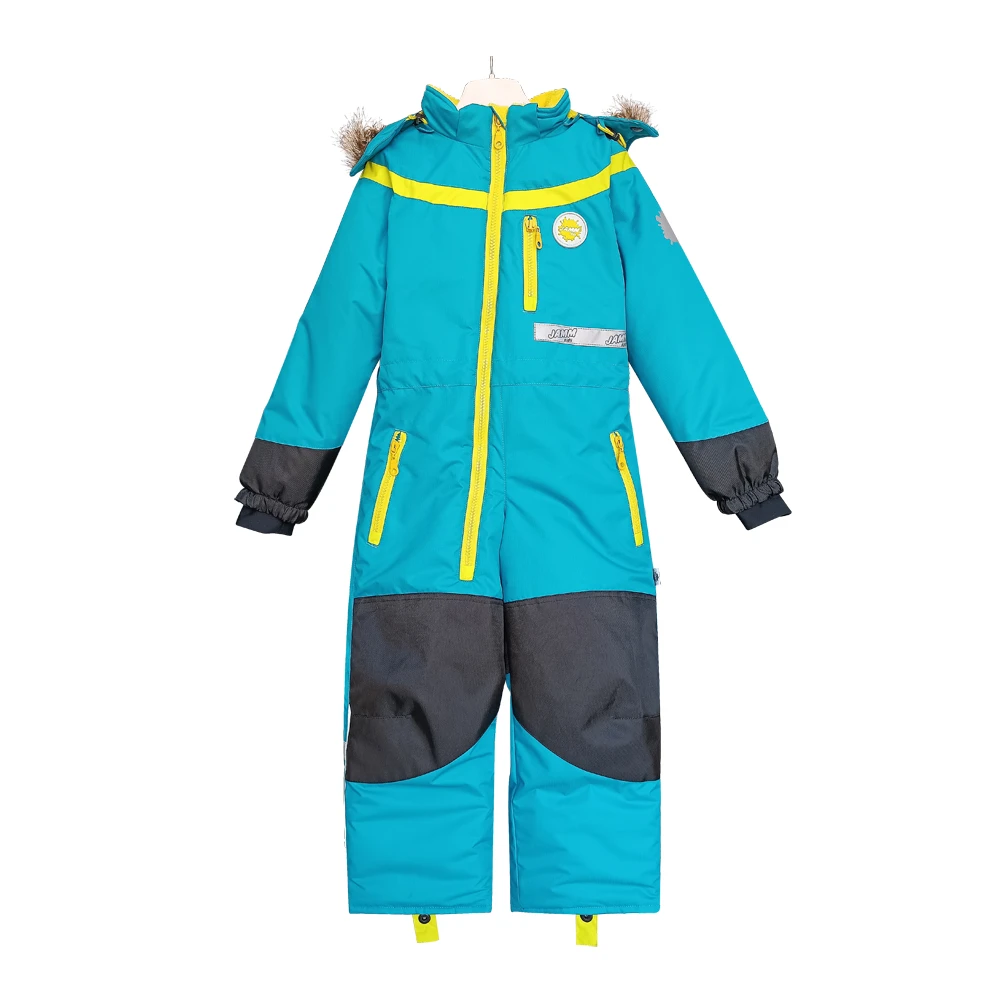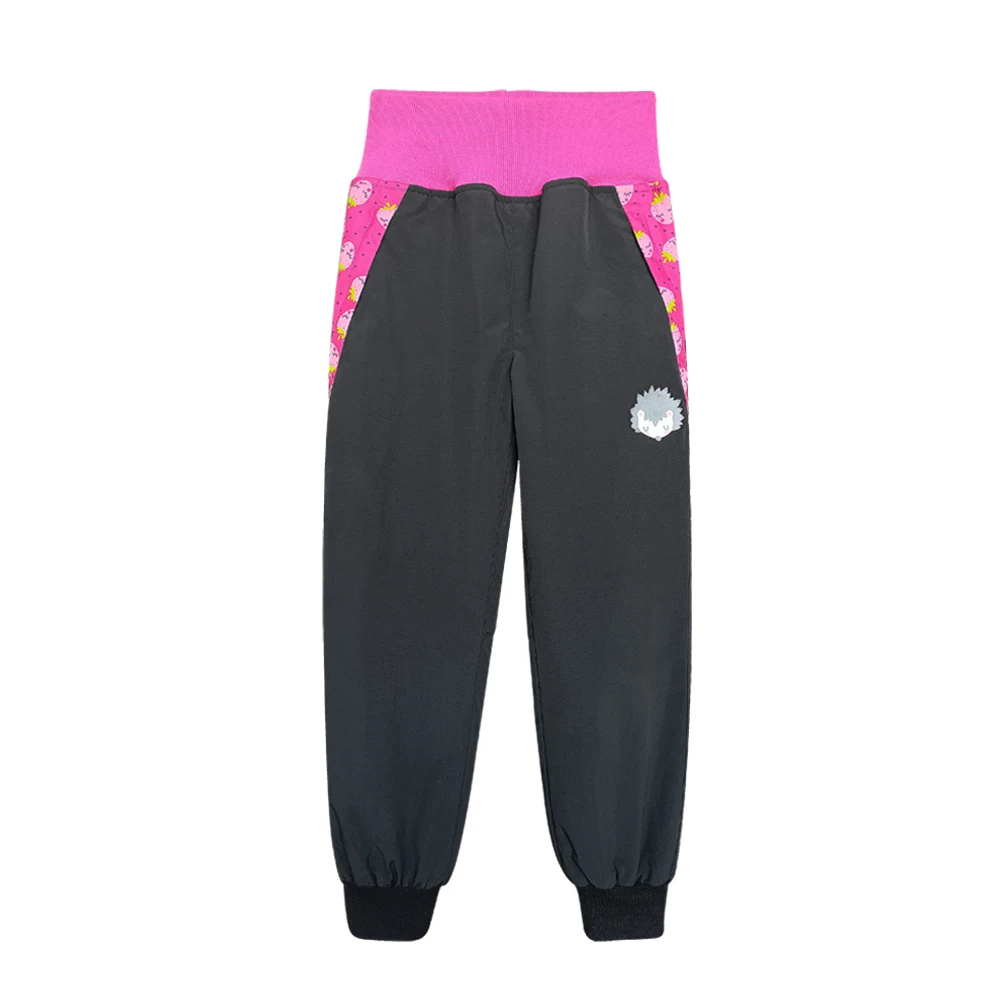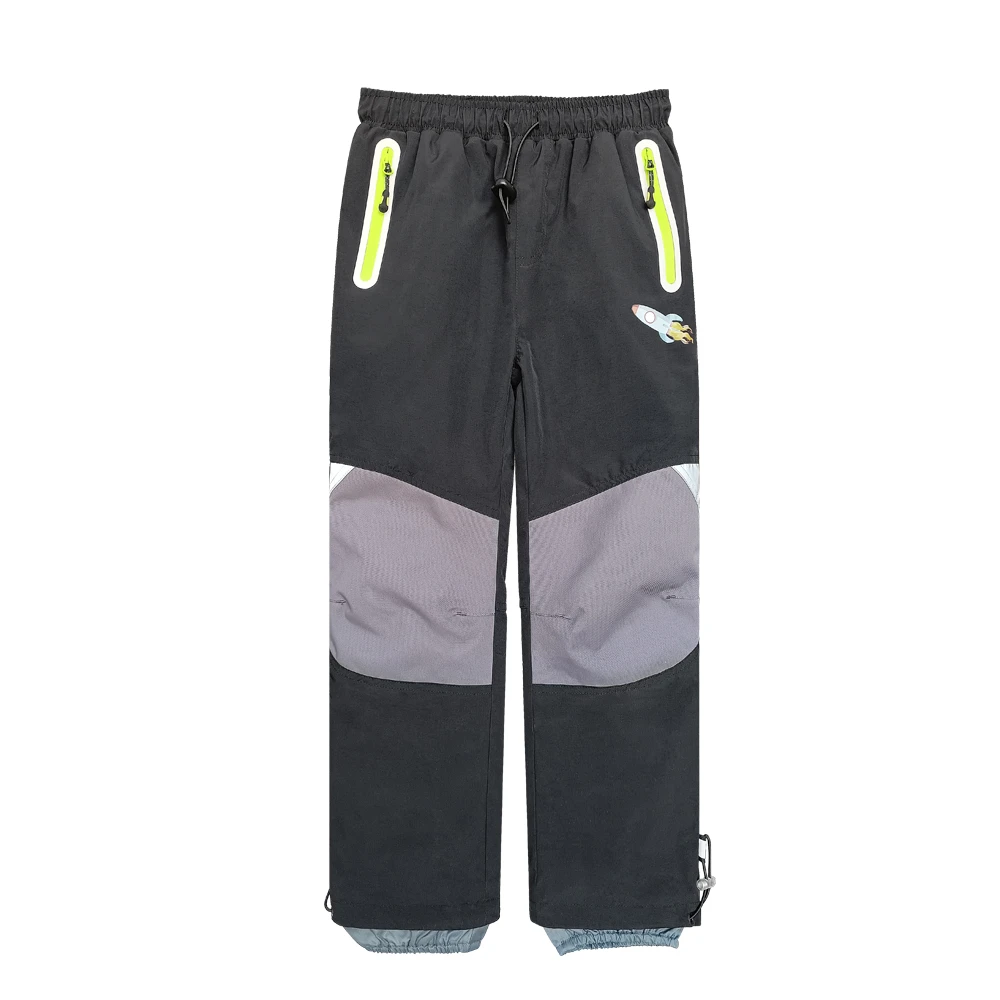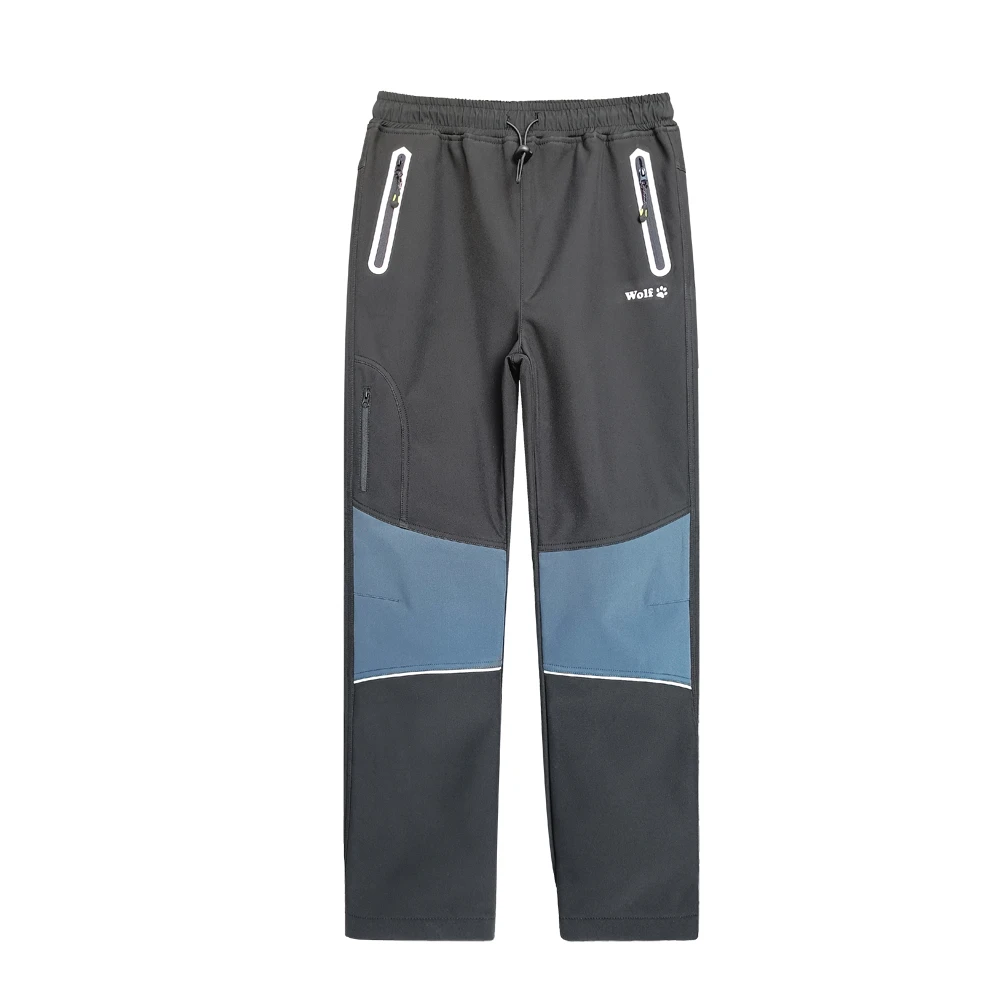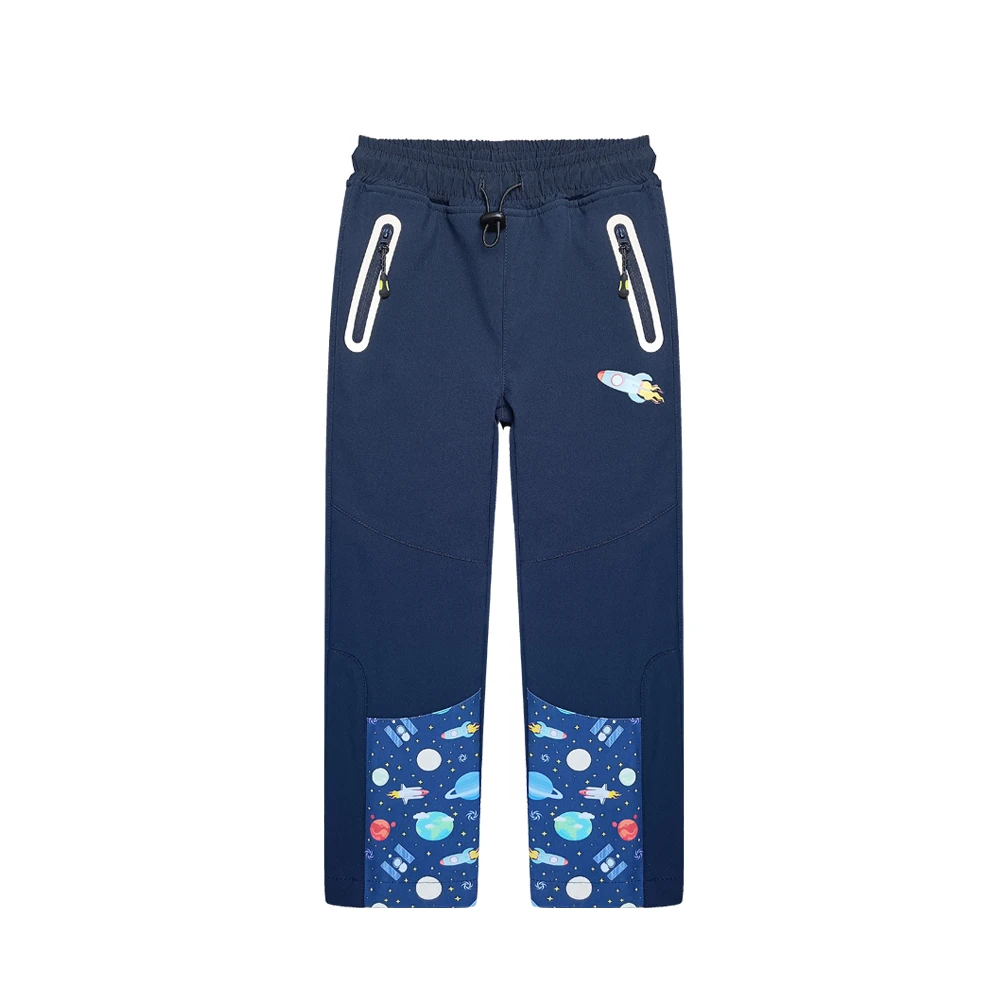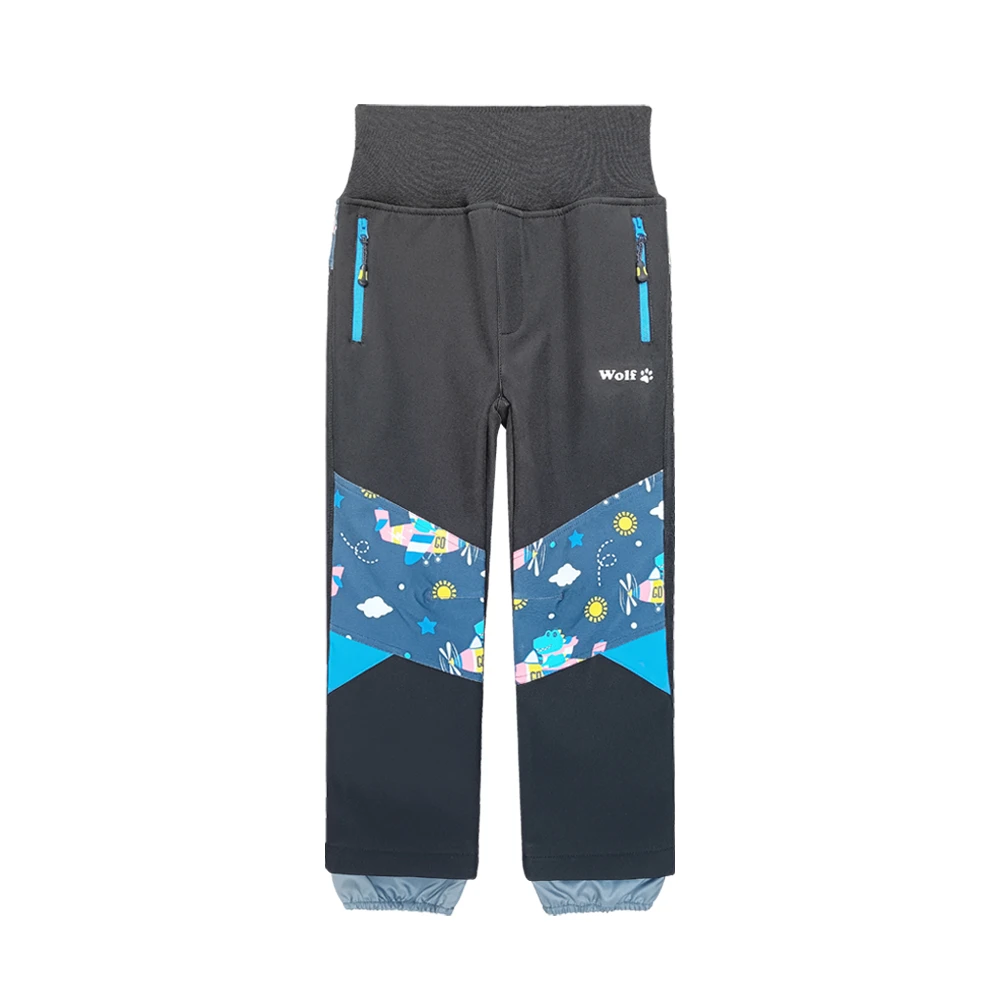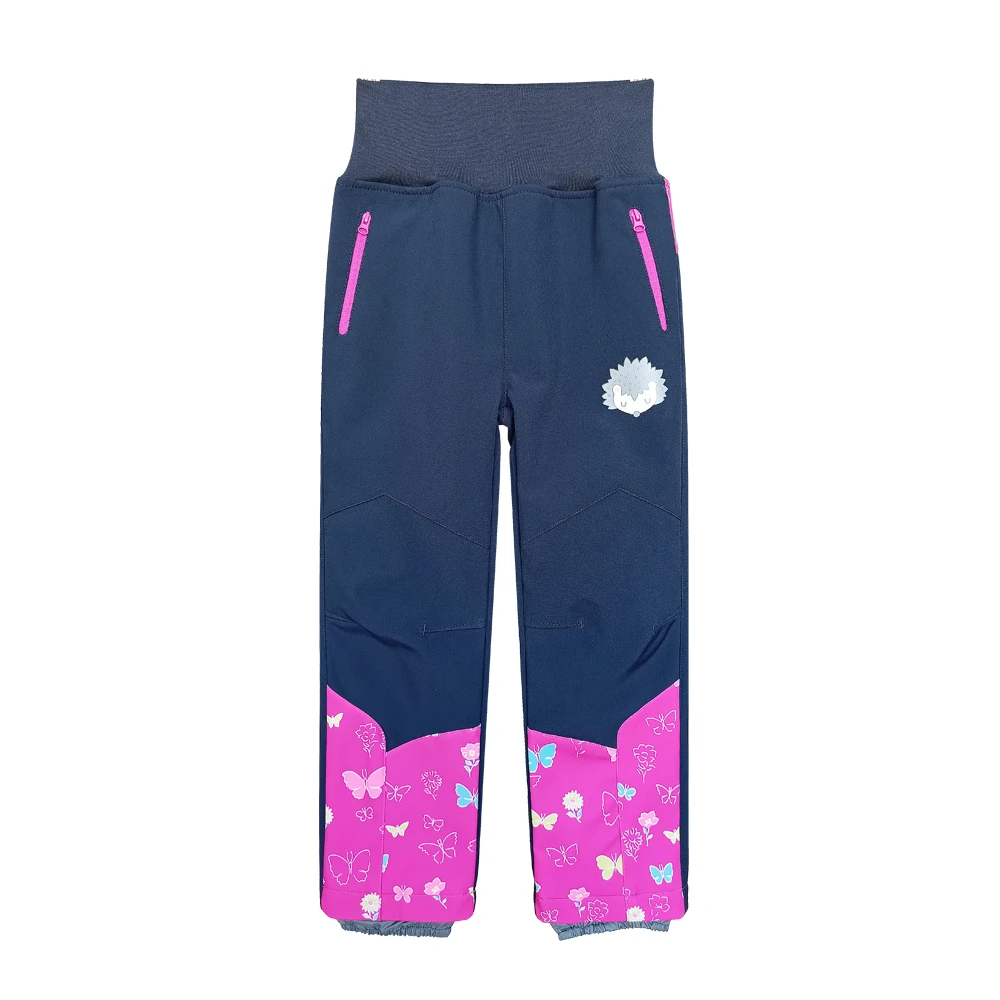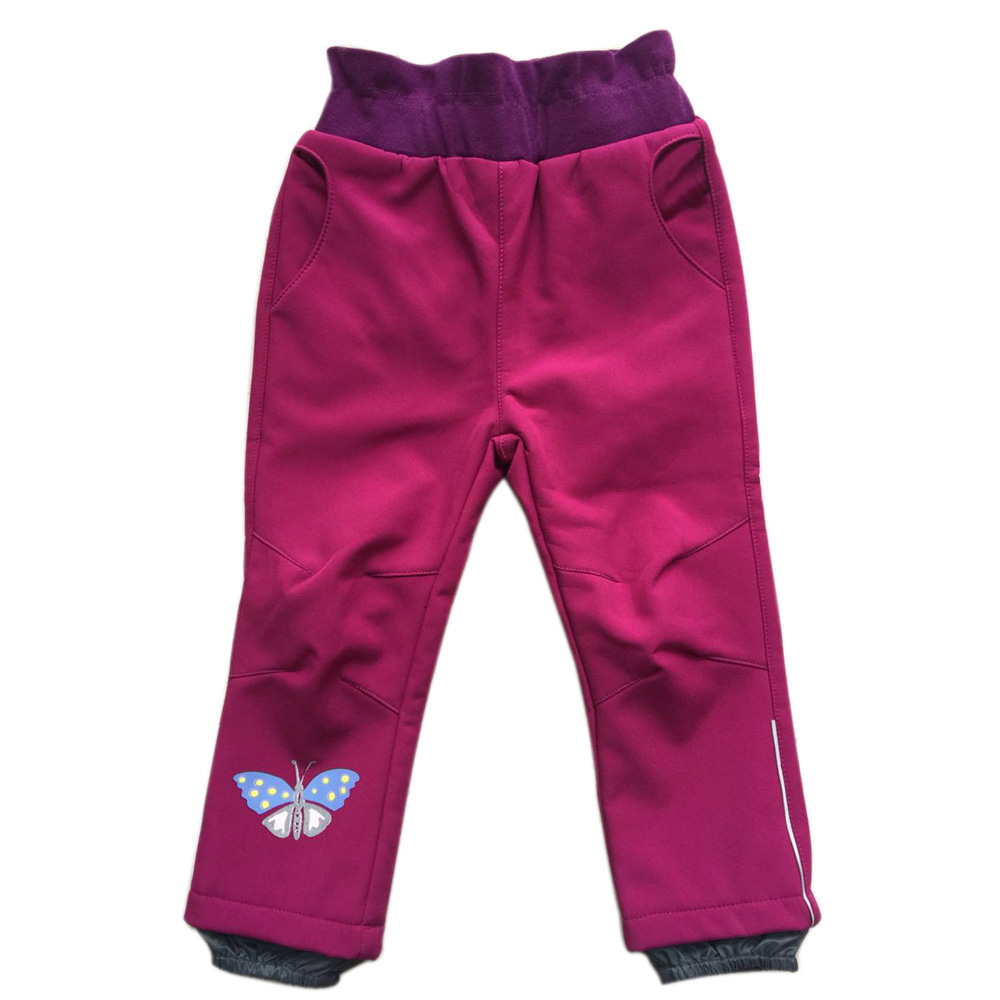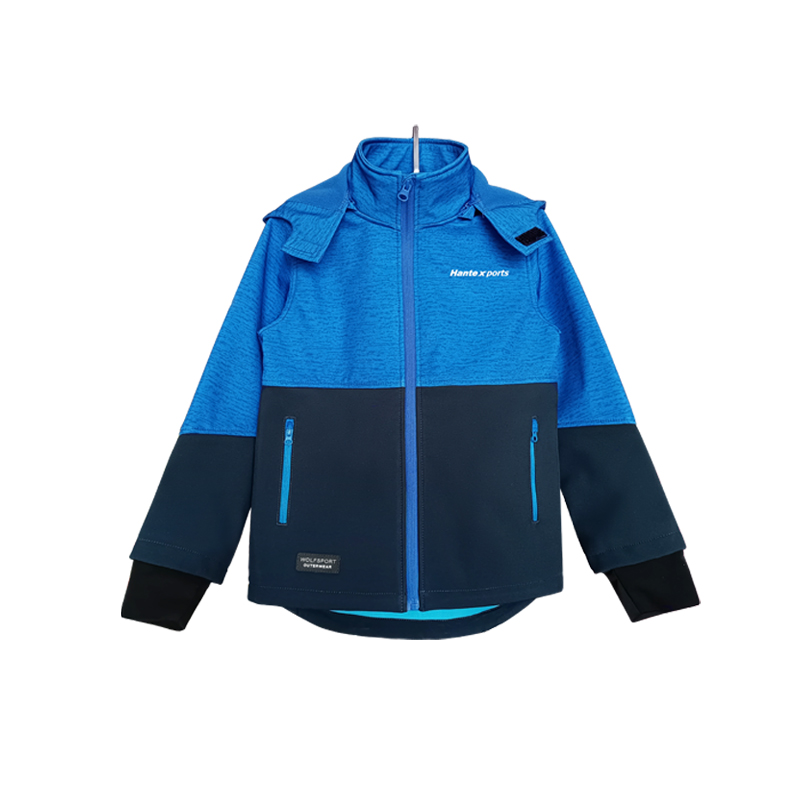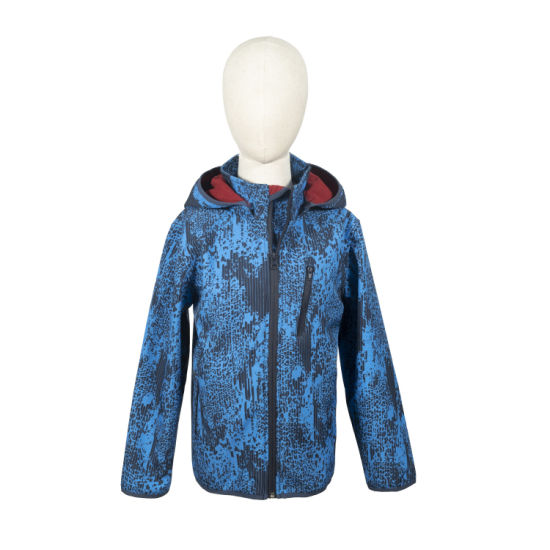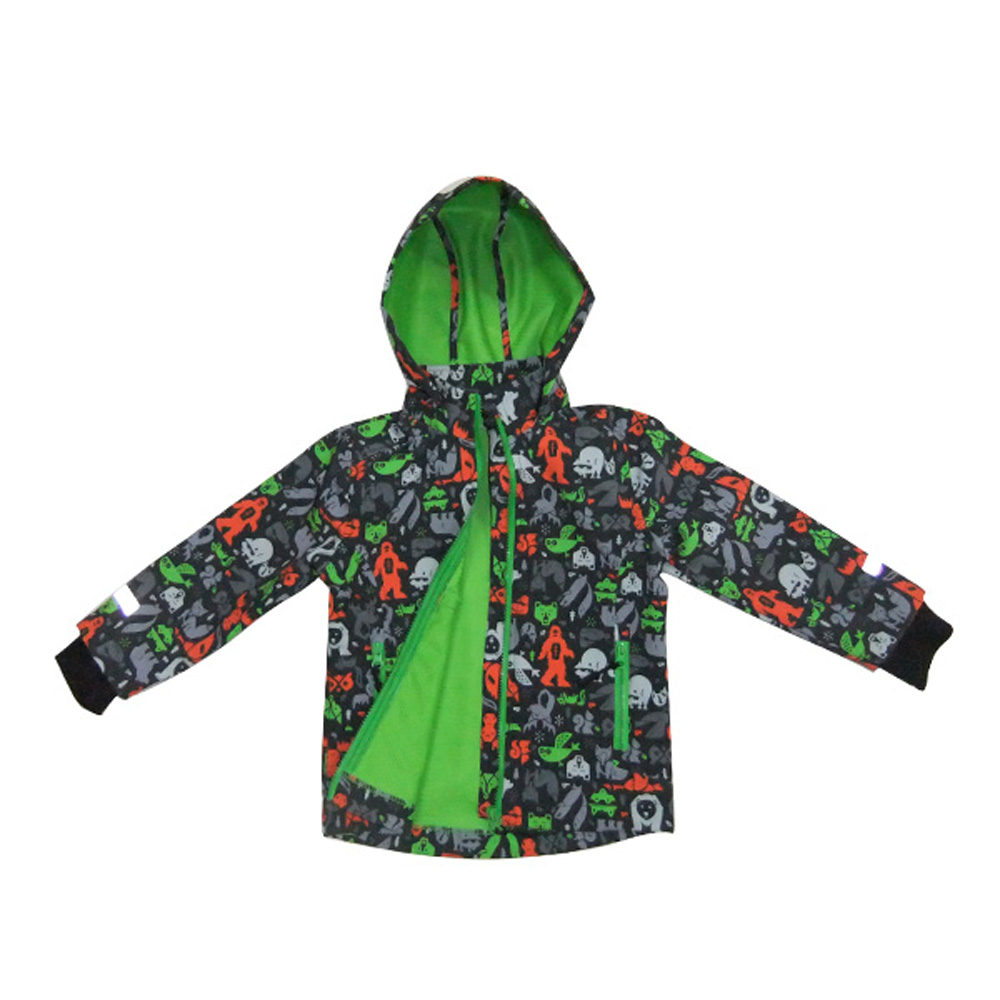Kids Coats: Why They’re More Than Just Outerwear
When you think about kids coats, it might be tempting to treat them as merely seasonal necessities — something that shields little ones from winter chill or spring showers. But globally, they represent something broader: a vital safeguard for children’s health, comfort, and even dignity, especially in challenging environments. Understanding kids coats means recognizing their role in protecting future generations, and grasping why quality and design truly matter.
Setting the Scene: Kids Coats in a Global Context
Roughly 25% of the world's children live in regions with climates requiring effective outerwear during colder months (World Bank, 2023). For millions, a good kids coat isn’t about fashion; it’s about health and survival. According to UNICEF, inadequate winter clothing contributes to respiratory illnesses, increasing child mortality rates in less developed areas. So, finding affordable and durable kids coats is not just a retail issue — it’s a pressing humanitarian challenge.
On the flip side, climate variability and sudden temperature drops affect kids everywhere, from urban settings to rural schools. The demand for versatile kids coats is rising as parents seek products that can adapt to unpredictable weather while remaining affordable.
Mini takeaway: Kids coats tie directly into global health, climate resilience, and social equity. It’s about bridging gaps between weather challenges and basic child needs.
Defining Kids Coats in Simple Terms
At its core, a kids coat is simply a garment designed to insulate and protect children from cold, wind, and moisture. But the term encompasses a wide range of styles and technologies — from lightweight rainproof designs to heavy insulated parkas with thermal linings. Today, kids coats also incorporate fabrics and construction methods borrowed from outdoor industries, emphasizing breathability, water resistance, and freedom of movement.
In modern contexts, kids coats aren’t just about commercial fashion trends — they intersect with industrial manufacturing, supply chain ethics, and even NGO relief programs that distribute them in disaster zones or refugee camps.
Key Aspects to Consider When Choosing Kids Coats
Durability
Kids are notorious for testing their clothes’ limits — climbing, sliding, and yes, occasionally mud wrestling. Durable materials like ripstop nylon or polyester blends prevent wear and tear, meaning a coat can last through seasons and hand-me-down cycles. Many manufacturers now embed reinforcement patches at elbows and shoulders, understanding practical kid behavior.
Insulation and Warmth
A coat’s insulation varies from synthetic fibers to down fill, each with pros and cons. Synthetic insulation holds up better when wet, while down provides exceptional warmth-to-weight ratio. The choice often depends on climate and activity level — but today’s hybrid coats combine both for maximum comfort.
Water Resistance
Keeping kids dry is arguably as important as insulation. A waterproof kids coat uses membranes like Gore-Tex or polyurethane coatings, paired with taped seams. These features block rain and snow effectively while allowing moisture vapor out to reduce sweat accumulation.
Fit and Comfort
Coats that restrict movement don’t get worn — plain and simple. Manufacturers often add articulated sleeves, adjustable cuffs, and stretch panels for mobility. Breathability also counts here; layers that overheat discourage kids from wearing them consistently.
Safety Features
Reflective trims, detachable hoods, and secure fasteners aren’t just nice extras — they ensure children remain visible and protected in varying contexts, from dusk walks home to school playgrounds.
Mini takeaway: A well-rounded kids coat balances robustness, warmth, and user-friendly design. It’s the ultimate multitasker in kids’ wardrobes.
Global Applications & Real-World Use Cases
The uses of kids coats stretch far beyond your neighborhood playground. In places like Canada and Scandinavia, kids coats must perform in subzero temperatures with powerful winds. In mountainous Nepal, they’re a crucial part of school uniforms, protecting children trekking long distances in cold mornings. Meanwhile, NGOs provide specially designed kids coats in refugee camps across the Middle East, tailored for limited-resource environments.
Certain manufacturers specialize in industrial-scale supply for disaster relief — distributing thousands of insulated coats alongside other essentials. Oddly enough, even in urban centers, kids coats incorporate smart textiles that adapt to temperature changes, influenced by a digital transformation sweeping apparel industries worldwide.
Advantages & Long-Term Value of Investing in Quality Kids Coats
- Cost-effectiveness: Durable coats that last multiple seasons or hand-me-downs reduce family spending over time.
- Sustainability: Brands increasingly use recycled and biodegradable fabrics, cutting environmental footprints and encouraging ethical consumption.
- Health benefits: Proper insulation helps prevent common cold-related illnesses.
- Social impact: Equipping children with adequate outdoor wear can improve school attendance and outdoor playtime, critical for physical development.
Frankly, a good kids coat blends logic with a little tenderness — it’s about care, trust, and peace of mind for parents and caregivers.
Specification Table: A Typical Quality Kids Coat
| Feature | Specification |
|---|---|
| Material | Ripstop Nylon Outer, Polyester Lining |
| Insulation | Synthetic Thermal Fill, 140 g/m² |
| Water Resistance | Durable Water Repellent (DWR) Finish, Seam-Sealed |
| Weight | Approx. 350 grams (size 6) |
| Safety | Reflective Details, Detachable Hood |
Comparing Popular Vendors of Kids Coats
| Vendor | Range | Price Range (USD) | Sustainability Focus | Special Features |
|---|---|---|---|---|
| NorthTrail Kids | Light to heavy insulated coats | 45 - 90 | Partial recycled fabrics | Windproof membranes, adjustable cuffs |
| EcoWear Jr. | Mid-weight coats and rain jackets | 55 - 100 | 100% recycled polyester | Biodegradable DWR, reflective trims |
| UrbanKids Gear | Trend-forward insulated parkas | 60 - 120 | Standard fabrics, limited recycling | Removable faux fur hoods, insulation tech |
The Road Ahead: Trends and Innovations in Kids Coats
Oddly enough, technology is accelerating in kids outerwear too. Smart fabrics that adapt insulation levels are emerging, aiming to automatically cool or warm depending on conditions. There's also a push for increased circularity — more brands plan to take back used coats for recycling or refurbishment. Meanwhile, advanced water-repellent coatings using non-toxic, eco-friendly chemistry promise better environmental profiles.
Digital integration is further seen in supply chain transparency—parents can now trace exactly where a kids coat was made and under what conditions, an important angle in today’s ethical consumerism.
Common Challenges and Innovative Solutions
A frequent frustration is finding a kids coat that fits well during active play, all while maintaining warmth and water resistance without bulk. Manufacturers are experimenting with stretch fabrics and modular layering systems — think detachable mid-layers or adjustable insulation pockets.
Cost remains another hurdle for many families, especially in lower-income regions. NGOs and manufacturers are exploring affordable, durable, and sustainable production methods, including community-based sewing cooperatives to reduce price and increase local economic impact.
FAQ: Your Top Questions About Kids Coats
What makes a kids coat suitable for cold and wet weather?
A good kids coat combines effective insulation with waterproof or water-resistant fabrics. Look for materials treated with DWR (Durable Water Repellent), seam sealing to prevent leaks, and insulation like down or synthetic fibers that retain warmth even when damp.
How can I ensure a kids coat fits well throughout the season?
Adjustable features such as elastic cuffs, drawstrings at the waist and hood, plus slightly roomy cuts can accommodate growth and layering underneath. Some brands also offer “extend size” options with extra fabric in sleeves or hems.
Are eco-friendly kids coats as durable as conventional ones?
Increasingly, yes! Recycled polyester and organic materials now match or sometimes outperform traditional fabrics, especially when paired with modern finishes. The key is choosing reputable brands committed to rigorous testing and durability standards.
How do I care for a kids coat to ensure longevity?
Follow specific washing instructions—usually gentle cycles and mild detergents. Avoid fabric softeners which can reduce water repellency, and reapply DWR treatments when the coating starts to wear off. Proper storage during off-season extends life considerably.
Conclusion: The Last Word on Kids Coats
Long story short: investing in quality kids coats means investing in children’s health, comfort, and confidence worldwide. These garments carry more than just warmth—they wrap safety and care into every stitch. Whether you’re a parent, retailer, or aid organization, understanding kids coats opens doors to better choices and lasting value.
Curious? Visit our website: kids coats for smart selections that combine innovation, style, and responsibility.
